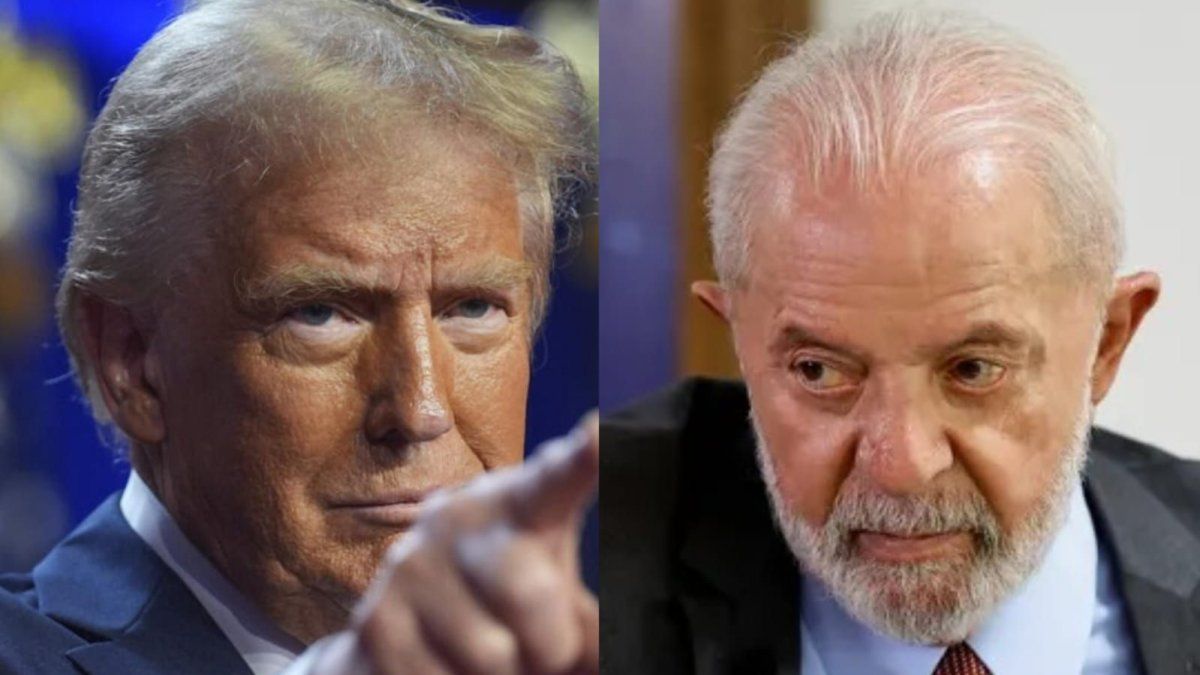The Swiss solar manufacturer Meyer Burger closed a plant in Saxony in the spring. Recently, a production facility in Saxony-Anhalt was also in trouble. Now a decision has been made.
The threatened closure of solar cell production by the manufacturer Meyer Burger in Saxony-Anhalt is off the table. The planned construction of an alternative production facility in the USA is currently not financially viable and has therefore been stopped, the company announced. This means that production in Bitterfeld-Wolfen will continue to be needed. “That is the good news in the bad news,” said Managing Director Gunter Erfurt.
Meyer Burger had already closed what the company said was the largest solar module production facility in Freiberg, Saxony, in the spring. The Swiss company blamed the pressure from cheap Chinese imports to Europe for this. The industry had previously appealed unsuccessfully to the federal government to support European manufacturers. The production of solar cells in Bitterfeld-Wolfen was also up for discussion. Most recently, it was said that production there would be needed until 2025.
Germany as the most economical option
The plan was to shut down the plant as soon as production in the USA was ramping up, Erfurt said. “That is now off the table.” The reasons for the financing problems of cell production in the USA include cost increases for materials needed to convert a factory.
The plant in Saxony-Anhalt with its 350 employees will therefore continue to be the “backbone” of Meyer Burger’s solar cell supply and will supply the company’s module production in the US state of Arizona. This is currently the most economical option, announced the Swiss group. Module production in Arizona has a capacity of 1.4 gigawatts. This can be supplied entirely from Bitterfeld-Wolfen.
USA takes a tougher line towards Asia
New regulations in the USA have made it more lucrative to import solar cells for module production, explained Erfurt. The logistics costs for cells are also comparatively low. In addition, there are significantly more restrictions and tariffs in the USA compared to imports from Asia. “The general price level in the USA is therefore comparatively healthy compared to Europe. That’s why it works.”
Source: Stern




